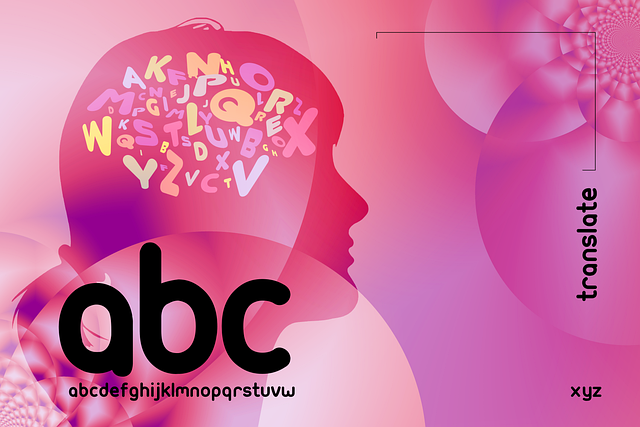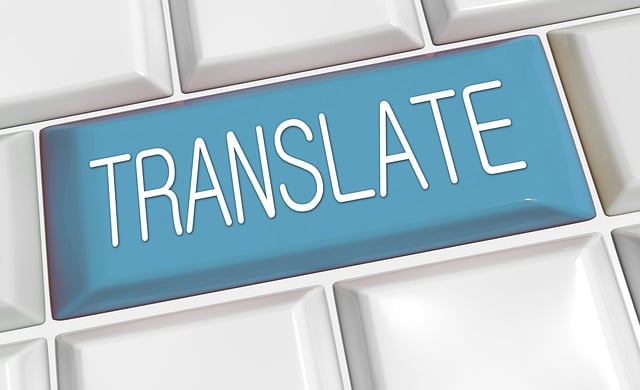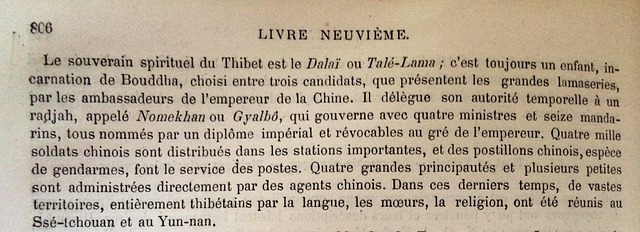
Translating idiomatic expressions demands a deep understanding of both languages and cultures. Skilled translators research context and equivalents to accurately convey meaning, adapting to audience and purpose. For complex ideas or nuanced emotions, direct translation fails; cultural essence must be grasped for effective communication. Technical or scientific texts require precision, emphasizing overall message preservation while respecting cultural context.
Mastering idiomatic expressions is a key aspect of successful translation, enabling communicators to bridge cultural gaps and ensure messages are conveyed effectively. This article delves into the intricacies of translating figures of speech, offering valuable insights on understanding cultural nuances, employing accurate strategies, and navigating language barriers. Discover practical tips to enhance your translation skills and ensure your work resonates across languages.
- Understanding Cultural Nuances in Idiomatic Expressions
- Strategies for Accurately Translating Figures of Speech
- Navigating Language Barriers: Tips for Effective Communication
Understanding Cultural Nuances in Idiomatic Expressions

Mastering idiomatic expressions involves more than just dictionary lookup; it demands an understanding of cultural nuances. Every language has its unique way of expressing ideas, feelings, and concepts, often encapsulated in idioms that may not have direct equivalents. To effectively translate these expressions, one must grasp the local knowledge and cultural context. For instance, a phrase like “it’s raining cats and dogs” conveys intense rainfall, but the image of cats and dogs falling from the sky is exclusive to English-speaking cultures.
Language preservation efforts in translation often involve seeking equivalents or finding creative ways to convey the same meaning while respecting the source culture’s idiomatic traditions. In medical terminology translation, for example, understanding cultural idioms is crucial as it can impact patient comprehension and treatment adherence. Similarly, when translating texts related to local knowledge sharing, capturing the essence of idiomatic expressions accurately ensures that the message remains true to its original intent and resonates with the target audience. Visit us at quality assurance in translation anytime to explore more insights into this fascinating aspect of linguistic precision.
Strategies for Accurately Translating Figures of Speech

When translating idiomatic expressions, it’s crucial to go beyond literal interpretations. These figures of speech often rely on cultural nuances and shared experiences that don’t always translate directly. To accurately convey their meaning, translators should research the context and equivalent concepts in the target language. For instance, understanding the concept of “time is money” in one culture might not be straightforward, so a skilled translator would look for an idiom that captures the same urgency and efficiency without losing the original intent.
Additionally, considering the purpose and audience of the translation is key. Official document legalization or user guides across languages with cultural adaptation in marketing require precise and accessible language. Intermediate level language skills are beneficial here, as they allow translators to navigate complex expressions while maintaining clarity. Expertise in human translator skills translating literature can be particularly valuable for capturing the essence of idioms that carry rich cultural backgrounds, ensuring a seamless and meaningful translation. Give us a call at [Human Translator Skills] for more insights on navigating these linguistic challenges.
Navigating Language Barriers: Tips for Effective Communication

Navigating Language barriers can be daunting, especially when trying to translate complex ideas or nuanced emotions. Effective communication requires more than just substituting words; it involves understanding and capturing the cultural essence embedded in idiomatic expressions. These figures of speech, often unique to a particular language, can carry vastly different meanings or even lose their intended impact when directly translated.
When tackling technical or scientific texts that rely heavily on precise terminology, maintaining accuracy becomes paramount. Likewise, interpreting versus translating involves distinct approaches; interpretation focuses on conveying meaning while respecting the overall message and intent behind the original text. To ensure successful communication across languages, professionals must prioritize preserving cultural context, engaging in thorough research, and leveraging specialized knowledge to give us a call at preserving cultural context.
Mastering idiomatic expressions is an art that goes beyond literal translation. By understanding cultural nuances and employing strategic approaches, translators can ensure their work resonates with the target audience. Overcoming language barriers through effective communication techniques allows for a seamless exchange of ideas, enriching both linguistic and cultural landscapes. Remember, in the world of translation, navigating these figures of speech is key to creating accurate and impactful content.






